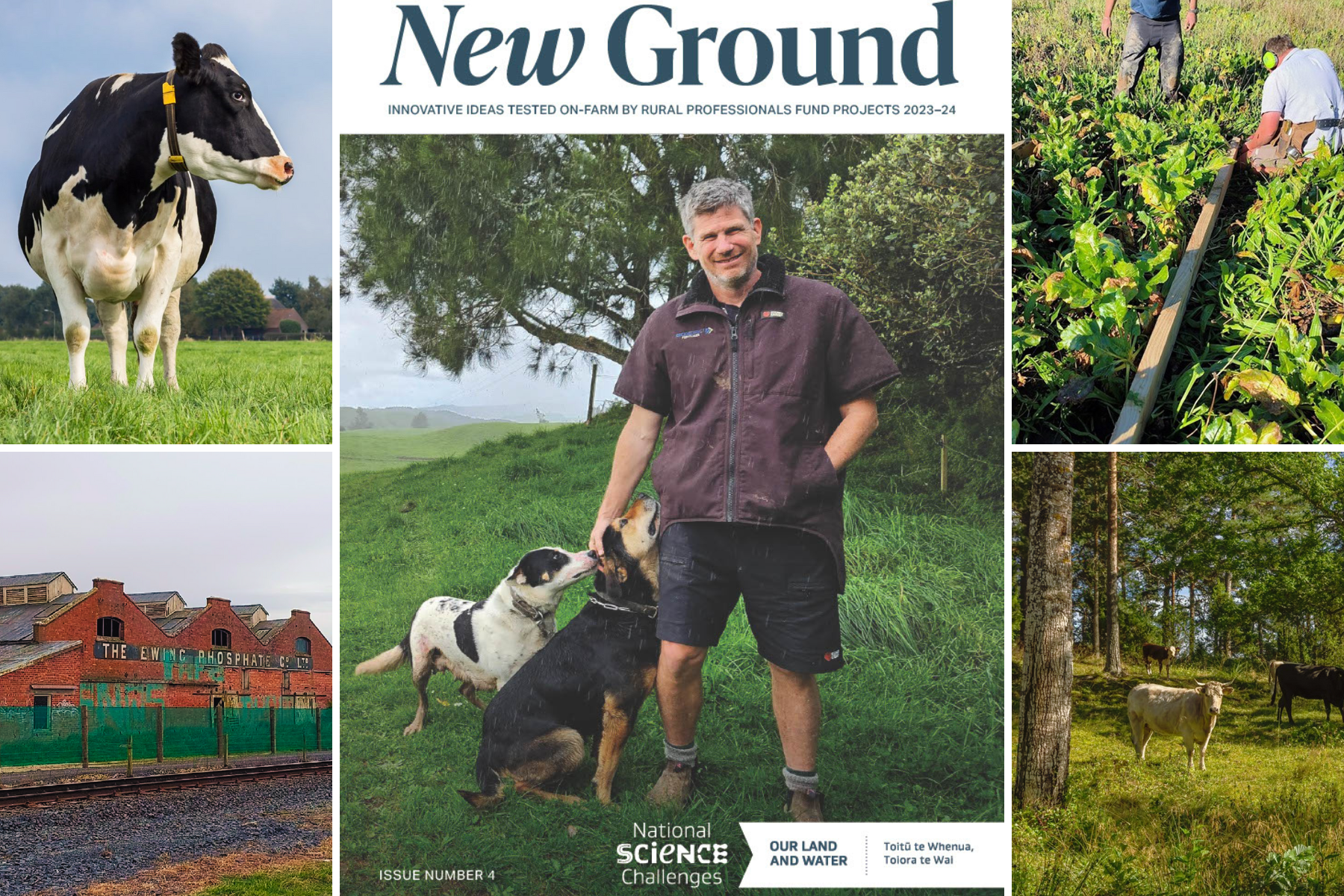An integrative approach to silvopastoral system design: perspectives, potentials and principles
February 2024
Publication: New Zealand Journal of Agricultural Research
Author(s): Thomas H. Mackay-Smith, Raphael I. Spiekermann, Dan R. Richards, Nichola Harcourt & Lucy L. Burkitt
Silvopastoral systems have complex impacts on a diverse range of outcomes, making it essential to design these systems using an integrative approach to maximise positive impacts to farms. This paper comprises firstly a systematic review of global silvopastoral processes, and secondly stakeholder-driven synthesis of key opportunities and challenges for future silvopastoralism situated in the context of New Zealand. The systematic review demonstrated that although under-researched, livestock interactions can have overriding influences on the system, and that the traditional functional traits that are typically deemed important for selection (N2-fixing trees v non N2-fixing trees, evergreen v deciduous) do not show consistent positive impacts on the agroecological environment. From the New Zealand silvopastoral participatory case study, including the stakeholder workshop, we synthesised 5 key principles that should be considered in future system designs. These were:
(1) silvopastoral systems are complex and require holistic management;
(2) the views, values and experiences of local people are deeply connected to silvopastoral system design;
(3) spatial heterogeneity in environmental and social conditions requires locally specific decisions;
(4) understanding of ecological processes must underpin all management decisions; and
(5) the complexity and spatial heterogeneity present in silvopastoral systems requires high-resolution data and tools.
 View Our Strategy Document 2019 – 2024
View Our Strategy Document 2019 – 2024



